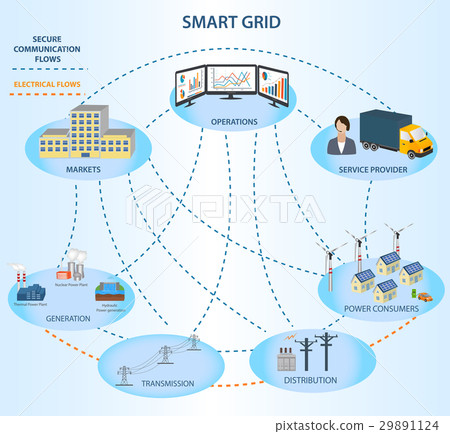|
Video conferencing has emerged as a game-changing technology, revolutionizing the way people communicate and collaborate across distances. In today's fast-paced digital world, video conferencing has become an integral part of business meetings, remote work, education, healthcare, and social interactions. The advent of video conferencing can be traced back to the late 20th century when early forms of video communication were introduced. These systems relied on expensive equipment and dedicated networks, limiting their accessibility and widespread adoption. However, with advancements in technology, the landscape of video conferencing underwent a significant transformation. One crucial factor behind the evolution of video conferencing is the proliferation of high-speed internet connections. The widespread availability of broadband internet has empowered individuals and organizations to engage in real-time video conversations seamlessly. High-quality audio and video transmission have become possible, enabling participants to experience face-to-face interactions regardless of their physical location. Furthermore, the development of cloud-based video conferencing platforms has been instrumental in making video meetings more accessible and user-friendly. Cloud solutions eliminate the need for expensive hardware and complex setups, allowing users to connect and collaborate from any device with an internet connection. These platforms offer a range of features such as screen sharing, virtual whiteboards, and chat functions, enhancing the overall meeting experience. The COVID-19 pandemic further accelerated the adoption of video conferencing. With lockdowns and social distancing measures in place, businesses, educational institutions, and individuals turned to video conferencing as the primary means of communication. This sudden surge in demand led to rapid innovation in the industry, with providers introducing new features and improving security measures to address the evolving needs of users. Security and privacy have become critical concerns in the realm of video conferencing. As the usage of these platforms increased, instances of unauthorized access and data breaches also surfaced. In response, video conferencing providers have implemented robust security protocols, including end-to-end encryption and multi-factor authentication, to protect sensitive information and ensure secure communication. Looking ahead, the future of video conferencing seems promising. As technology continues to advance, we can expect even more immersive and interactive experiences, such as augmented reality (AR) and virtual reality (VR) integration. These advancements have the potential to redefine remote collaboration by creating virtual meeting spaces that simulate real-world interactions. In conclusion, video conferencing has come a long way from its early days, transforming communication on a global scale. With its ability to connect people in real-time, irrespective of geographical boundaries, video conferencing has become an indispensable tool for businesses, education, healthcare, and personal interactions. As we move forward, continued innovation and investment in this technology will likely unlock new possibilities and reshape the way we communicate and collaborate in the years to come.  |
